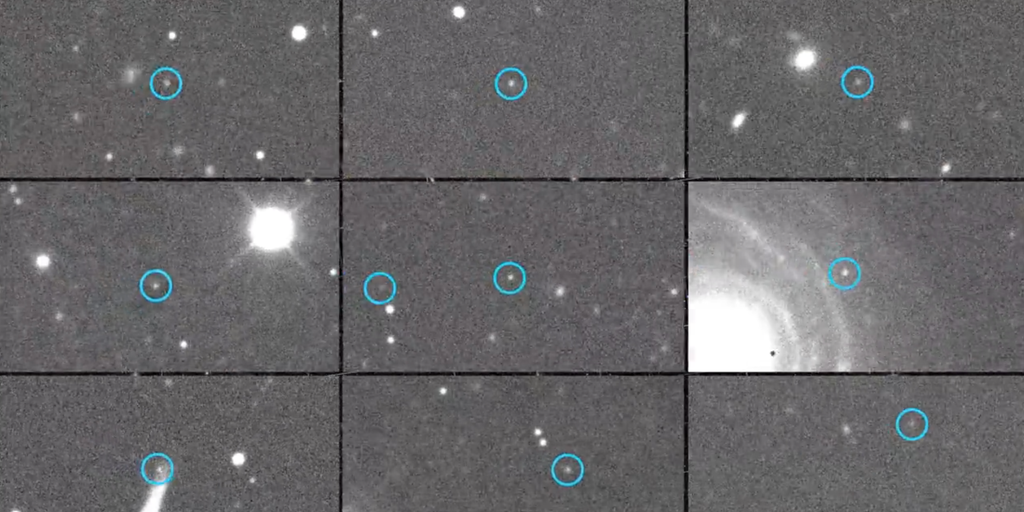CERRO PACHÓN, CHILE – In a groundbreaking development, the newly operational Vera C. Rubin Observatory has identified 2,000 previously unknown asteroids in a mere 10-hour observation session, marking a significant advancement in celestial monitoring.
Breaking: Unprecedented Asteroid Discovery
The Vera C. Rubin Observatory, situated in Chile, has made a remarkable debut by detecting 2,000 asteroids that had remained undiscovered until now. This achievement was accomplished during the observatory’s initial 10-hour scan of the night sky, demonstrating its immense potential in space observation.
While global telescopes and orbital spacecraft typically uncover approximately 20,000 new asteroids annually, the Rubin Observatory’s rapid results underscore its advanced capabilities. Despite not being exclusively designed for asteroid detection, its cutting-edge machine-learning technology makes it exceptionally adept at identifying interstellar objects.
Immediate Impact
The observatory’s first images, released on Monday, include captivating views of the Milky Way and spiral galaxies. Among these, over 2,000 asteroids were identified, with seven being near-Earth asteroids not previously recorded in NASA’s Small-Body Database. This discovery highlights the observatory’s proficiency in expanding our understanding of the solar system.
Key Statistic: Over 2,100 new asteroids found in one week.
Key Details Emerge
The Vera C. Rubin Observatory, a project two decades in the making, is named after the astronomer whose work provided the first evidence of dark matter. This facility is set to embark on an ambitious project later this year, creating the largest astronomical movie of the Southern Hemisphere with the Legacy Survey of Space and Time (LSST).
The LSST Camera, the world’s largest digital camera, features a field of view approximately 45 times the area of the full Moon. This technological marvel will enhance the observatory’s ability to capture vast portions of the sky, contributing to its mission of discovering millions of new celestial objects.
By the Numbers
Fact Box: Seven newly discovered near-Earth asteroids pose no threat to Earth.
Observation Insight: 1,000 asteroids detected on the first night alone.
Background Context
The Vera C. Rubin Observatory’s construction and development were spearheaded by the National Science Foundation and the Department of Energy. Its establishment represents a significant leap forward in astronomical research, particularly in the study of dark matter and interstellar bodies.
The observatory’s recent success builds on the foundation laid by decades of astronomical exploration, positioning it as a leader in the field of space observation.
What Comes Next
Looking ahead, the Rubin Observatory is expected to continue its exploration of the night sky, potentially uncovering millions of new asteroids within its first two years of operation. This ongoing effort will further enhance our understanding of the solar system and the potential threats posed by near-Earth objects.
Experts anticipate that the data gathered will provide invaluable insights into the dynamics of our cosmic neighborhood, informing future research and planetary defense strategies.
The revelations from the Vera C. Rubin Observatory signal a new era in astronomical discovery, with the potential to reshape our knowledge of the universe.
